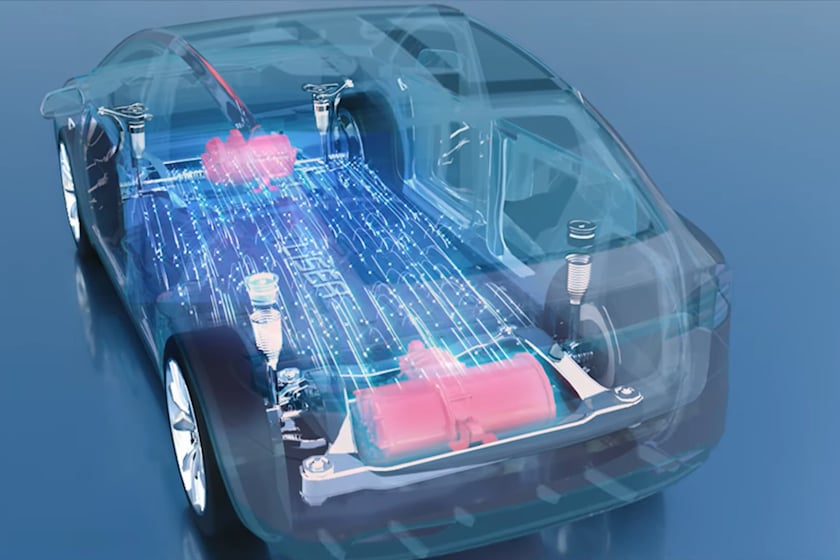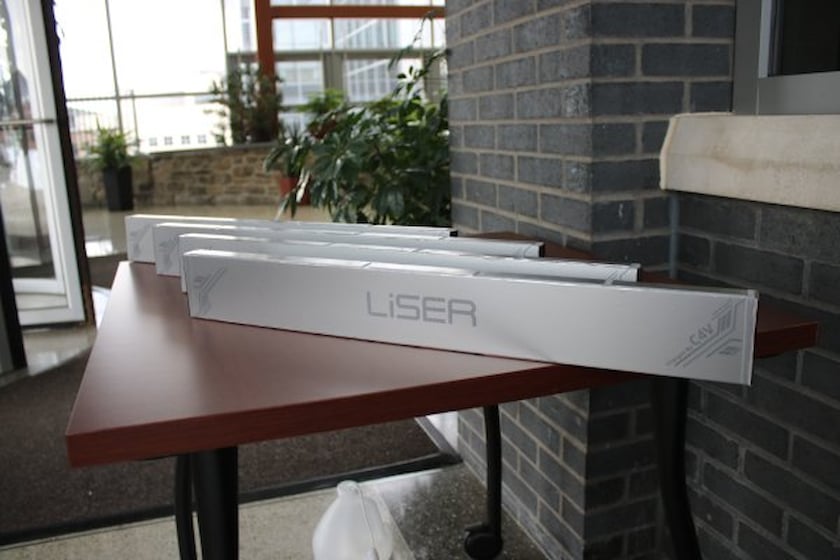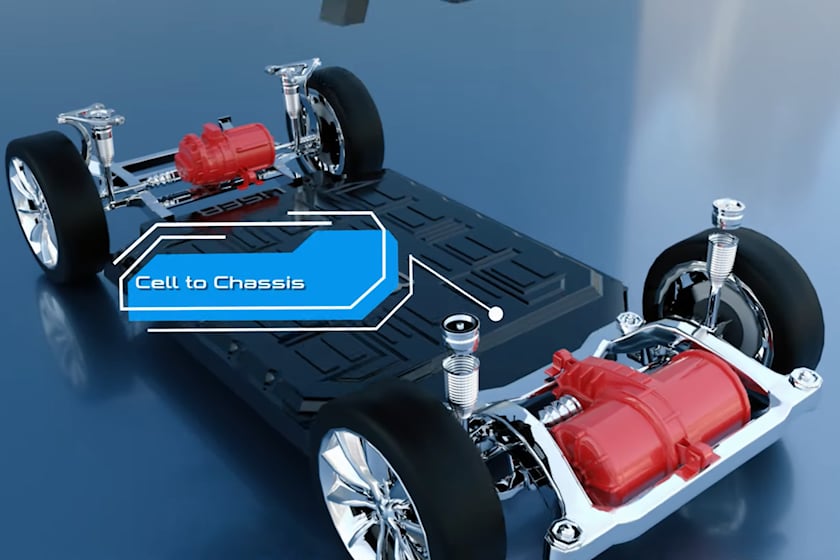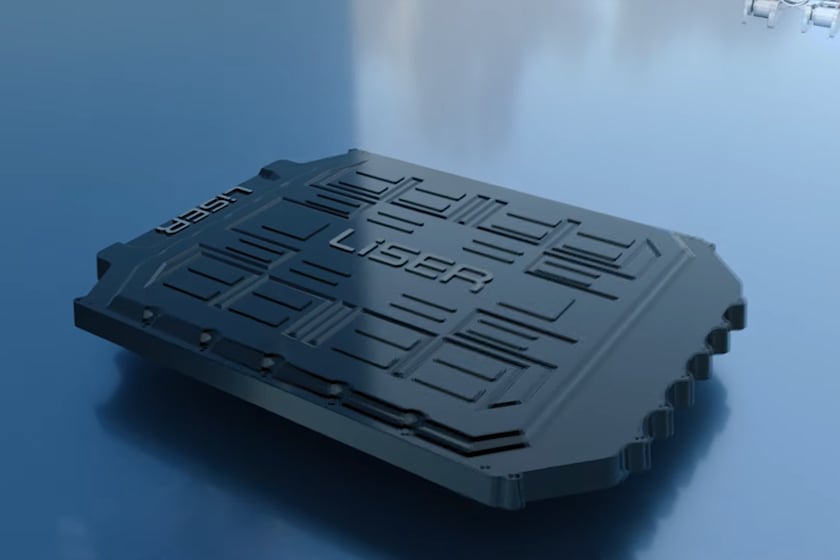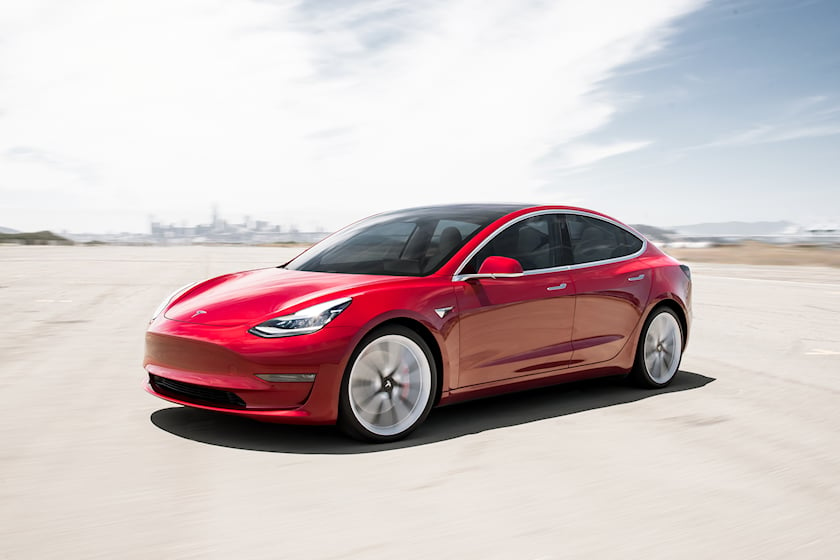New Battery Tech Promises Game-Changing Improvements
Tesla is smiling.
Now that major car manufacturers have accepted the fact that electric is the future, research and development into improving battery technology is in full swing. Some are working to improve the safety of EV batteries, while others are trying to improve overall range. Some are also focusing on improving charging times. At the end of the day, most companies are simply trying to make batteries more efficient, and one such company, C4V, has just come up with a solution that could change the EV battery game. Its alternative to lithium-iron-phosphate batteries, which are used in vehicles such as the Tesla Model 3, promises to be 50 percent more energy-dense, and that's big news indeed.
C4V's cobalt and nickel-free Li-ion technology promises five times the power density of a traditional LFP battery. Known as LiSER, this new battery technology makes use of a structural prismatic cell design with a refrigeration circuit that allows the battery pack to efficiently operate in temperatures ranging between -40 to +194 F. This allows the batteries to charge at ultra-fast rates and the solid structural design also means brilliant mechanical stability. Its modular design makes the LiSER battery tech easy to adapt to all sorts of applications without any danger of losses in power output or efficiency.
Not only is this new battery technology super efficient, but the fact that it does without traditional cobalt or nickel materials means that it avoids the current supply issues gripping the EV industry. The first run of batteries offer 228 Wh/kg of specific energy in the cell, and 2000 kW/kg of specific power, which is down from the 260Wh/kg figure seen in Tesla Model 3 cars, but energy loss is promised to be small. From cell to battery pack, the output should still come in at an impressive 190 Wh/kg, which is a loss of only 38 Wh/kg, making it a competitive alternative to traditional LFP batteries, and competitive against NCA and NMC products. Rival battery manufacturer Our Next Energy, also known as ONE, promises even more from its latest Gemini batteries that feature graphite-free anodes and a Nickel-Cobalt free cathode which will push those figures to 290 Wh/kg.
From a business standpoint, the new technology will also mean increased production rates thanks to a 30 percent improvement in volume utilization. Combine this with solvent-free coating manufacturing speeds of 100 meters/minute and you're looking at cost reductions of over 30 percent.
"I am super excited to unveil our revolutionary cell technology LiSER today," said CEO, Shailesh Upreti. This technology not only allows our BMLMP Chemistry to compete with Cobalt & Nickel based batteries at the pack level, but also enable Giga scale production to be more sustainable with our breakthrough high speed manufacturing processes. A leading cell to pack or cell to chassis design that can bridge the gap between energy density and power density in a very safe mechanism would allow us to cater to various market verticals with a single cell technology platform and we are super charged as our OEM partners start sharing their experiences with us." Welcome to the future.
- Forums
- ASX - By Stock
- New Battery Tech Game Changer
New Battery Tech Promises Game-Changing ImprovementsYESTERDAYBY...
- There are more pages in this discussion • 3 more messages in this thread...
You’re viewing a single post only. To view the entire thread just sign in or Join Now (FREE)
Featured News
Add MNS (ASX) to my watchlist
 (20min delay) (20min delay)
|
|||||
|
Last
4.2¢ |
Change
0.000(0.00%) |
Mkt cap ! $50.37M | |||
| Open | High | Low | Value | Volume |
| 0.0¢ | 0.0¢ | 0.0¢ | $0 | 0 |
Featured News
| MNS (ASX) Chart |
Day chart unavailable
The Watchlist
I88
INFINI RESOURCES LIMITED
Charles Armstrong, CEO
Charles Armstrong
CEO
Previous Video
Next Video
SPONSORED BY The Market Online
